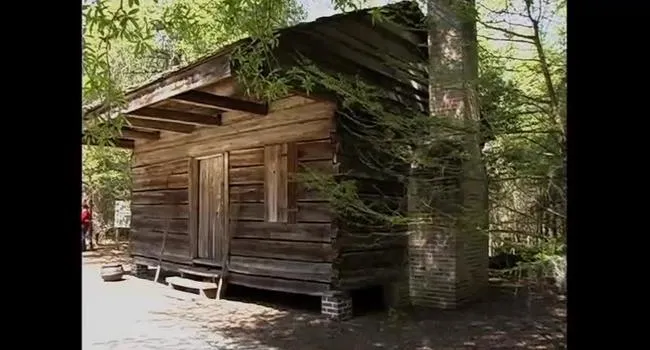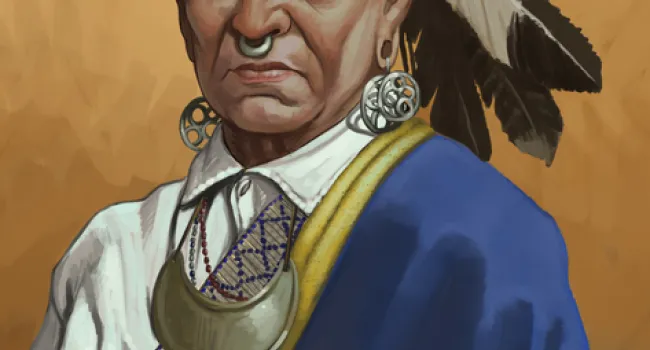
Pee Dee Explorer: Jason Smith
Video
Learning about history with Jason Smith, a historical reenactor.

Video
Learning about history with Jason Smith, a historical reenactor.
Video
Examine the life of African American slaves as Karl McAlister, Francis Marion University Librarian, takes us on a tour of the two remaining hewn timber cabins from the Gregg Plantation in Florence...
Video
Thomas Lynch Sr. (1727-1776) was a rice planter on the Santee River. One of his houses, Hopsewee, was built in 1749. Lynch attended St. James Santee Church and was a member of the Winyah Indigo...
Video
“King Hagler” was the leader of the Catawba Indian Nation. He had a reputation as peacekeeper with other tribes and colonists. In 1751, Hagler signed a treaty with the Six Nations. In 1756, Catawba...
Video
Middleton Place, on the Ashley River near Charleston, South Carolina, was the home of the Middleton family, which included the president of the First Continental Congress and a signer of the...
Video
Eliza Lucas Pinckney (1722–1793) Eliza Lucas, who was born in 1722 in Antigua, was 16 when she took charge of her father's plantation near Charles Town and successfully managed it. In 1738, Lieutenant...
Video
Short biography of indigo planter and colonial entrepreneur Eliza Lucas Pinckney, another example of the enormous contribution the Pinckney family of South Carolina has made to the history of our...
Video
Charleston, South Carolina, is a city rich in African American culture. Sullivan’s Island, once an entry port from Africa for the slave trade, was considered the gateway to the United States. The...
Video
Circle of Inheritance takes a look at the proprietors of the early colonies.
Video
Circle of Inheritance looks at the burgeoning trade industry in early South Carolina.